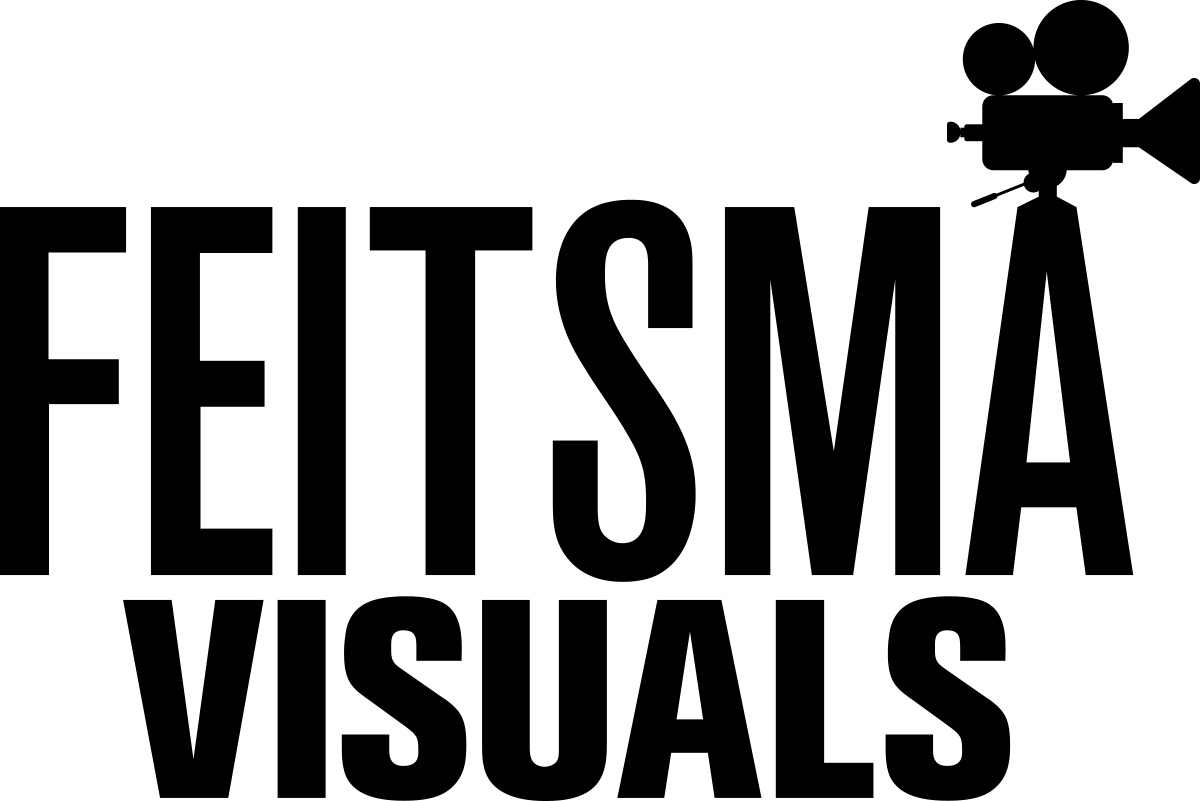Setting up the shot using LEGO's and a toy car.
In pre-production, breaking down scenes is crucial, especially for complex sequences. A method I’ve found particularly effective over the years, is using LEGO and other toys in co-creation sessions with key departments such as camera, G&E, production design, direction and editorial. Sometimes it's useful to invite the client as well. This approach encourages collaboration, sparks creativity, and helps align everyone early on.
How It Works
Using LEGO, you can demonstrate camera movements, blocking, lighting, and shot composition. This acts as a visual reference, making it easier for different departments to contribute ideas, refine logistics, and identify potential challenges before production begins. It functions as a tabletop 'recce', allowing for ideation, prototyping, and testing at minimal cost.
Why It’s Useful
•Encourages creative problem-solving.
•Aligns technical, creative, and budgetary considerations early on.
•Fosters ownership among departments.
•Speeds up decision-making and prevents issues later in production.
•And, let’s be honest, it’s kind of fun!
Last but not Least
For especially tricky shots, bringing LEGO and/or other toys on set itself, can help visualize solutions in real time. This simple but effective technique ensures a smoother production process, keeping everyone on the same page from the start.

Camera on a 'dolly'. Yes, playing with LEGO really works.

